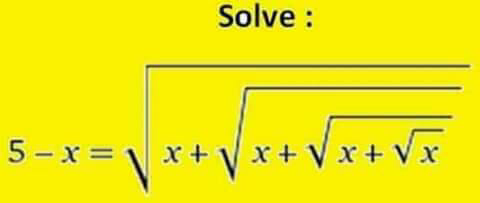
AllQuestion and Answers: Page 1957
Question Number 12255 Answers: 2 Comments: 0

Question Number 12254 Answers: 0 Comments: 0

Question Number 12246 Answers: 1 Comments: 0
Question Number 12245 Answers: 1 Comments: 0
Question Number 12228 Answers: 2 Comments: 0
Question Number 12226 Answers: 2 Comments: 0
Question Number 12218 Answers: 1 Comments: 3
Question Number 12209 Answers: 1 Comments: 1
Question Number 12207 Answers: 0 Comments: 0
Question Number 12197 Answers: 0 Comments: 8

Question Number 12190 Answers: 1 Comments: 0
Question Number 12189 Answers: 1 Comments: 0
Question Number 12185 Answers: 1 Comments: 0
Question Number 12201 Answers: 3 Comments: 0
Question Number 12291 Answers: 1 Comments: 0

Question Number 12181 Answers: 0 Comments: 0
Question Number 12173 Answers: 2 Comments: 0
Question Number 12171 Answers: 1 Comments: 0
$$\int\mathrm{x}^{\mathrm{2}} ×\mathrm{sgn}\left(\mathrm{2x}\right)\mathrm{dx}=? \\ $$
Question Number 12170 Answers: 1 Comments: 0
Question Number 12169 Answers: 1 Comments: 0
Question Number 12161 Answers: 0 Comments: 2

Question Number 12160 Answers: 1 Comments: 0
Question Number 12156 Answers: 1 Comments: 0
Question Number 12155 Answers: 1 Comments: 0
Question Number 12148 Answers: 0 Comments: 13

Question Number 12144 Answers: 1 Comments: 0
Pg 1952 Pg 1953 Pg 1954 Pg 1955 Pg 1956 Pg 1957 Pg 1958 Pg 1959 Pg 1960 Pg 1961
